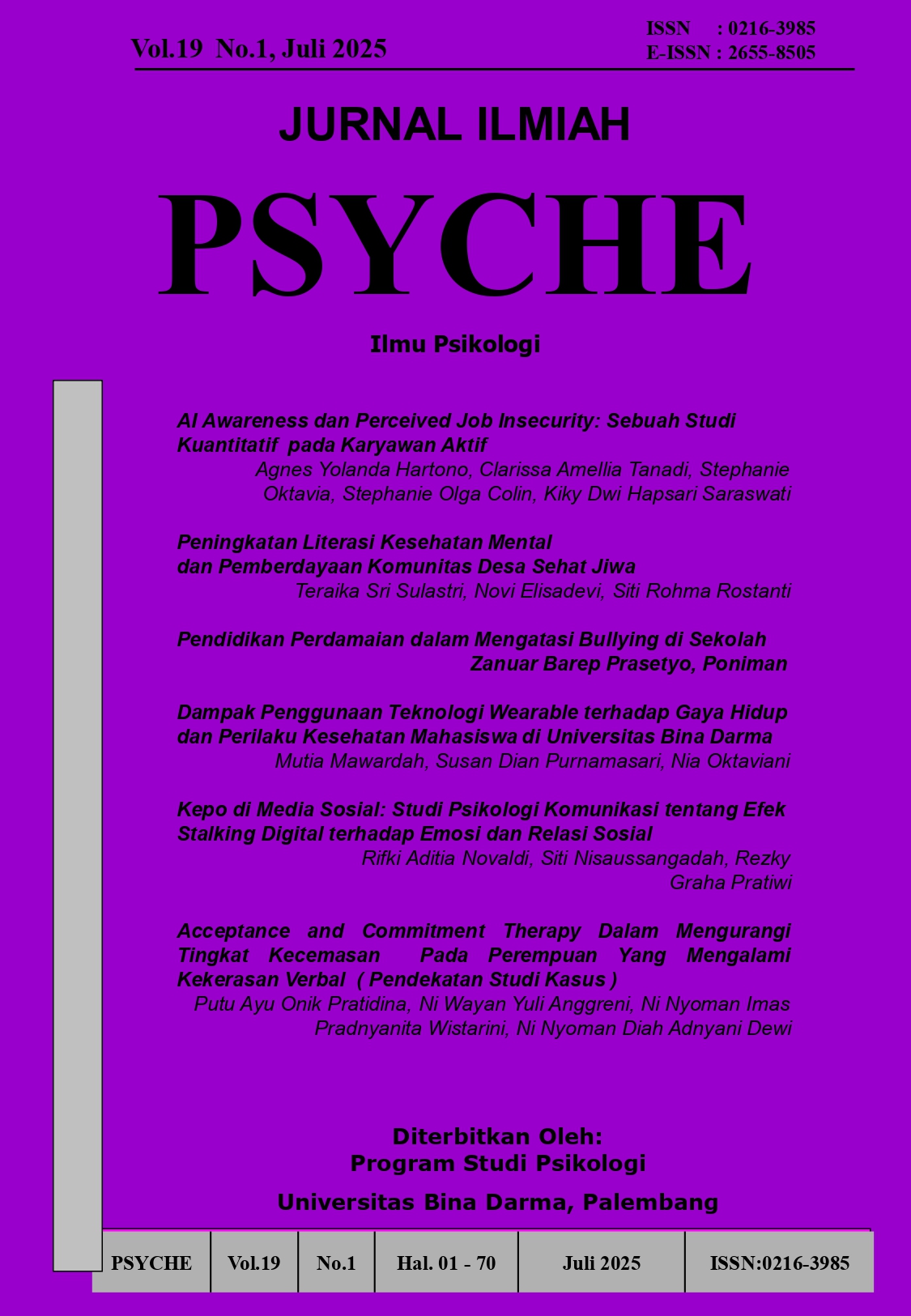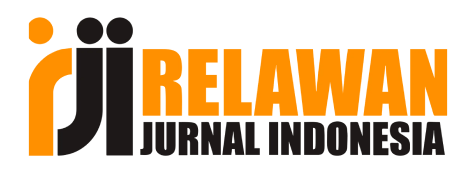Dampak Penggunaan Teknologi Wearable terhadap Gaya Hidup dan Perilaku Kesehatan Mahasiswa di Universitas Bina Darma
DOI:
https://doi.org/10.33557/3qvecg20Keywords:
Wearable Technology, Lifestyle, Health Behavior, Intrinsic Motivation, Students, MediationAbstract
Dampak Penggunaan Teknologi Wearable terhadap Gaya Hidup
dan Perilaku Kesehatan Mahasiswa di Universitas Bina Darma
References
Ajzen, I. (1991). The theory of planned behavior. Organizational Behavior and Human Decision Processes,, 50(2), 179-211.
Amrynia, S. U. (2022). Hubungan Pola Makan, Sedentary Lifestyle, dan Durasi Tidur dengan Kejadian Gizi Lebih Pada Remaja (Studi Kasus di SMA Negeri 1 Demak). Indonesian Journal of Public Health and Nutrition, 2(1), 112-121.
Aripradono, H. W. (2021). Analisis technology readiness and acceptance model (TRAM) pada penggunaan sport wearable technology. Teknika, 10(1), 68-77.
Baller, S. D. (2016). Global information technology report. Geneva: Ouranos.
Corporation, I. D. (2019). IDC Forecasts Steady Double-Digit growth for Wearables as New Capabilities and Use Cases Expand the Market opportunitie. Needham: International Data Corporation (IDC).
Deci, E. L. (2000). The" what" and" why" of goal pursuits: Human needs and the self-determination of behavior. Psychological inquiry,, 11(4), 227-268.
Indonesia, K. K. (2021). Profil Kesehatan Indonesia. Jakarta: Kemenkes RI.
Kim, T. &. (2019). Consumer acceptance of sports wearable technology: The role of technology readiness. International Journal of Sports Marketing and Sponsorship, 20(1), 109-126.
Lee, J. K. (2016). Sustainable wearables: Wearable technology for enhancing the quality of human life. Sustainability, 8(5), 466.
Moore, S. (2016). Gartner survey shows wearable devices need to be more useful. Minnesota : https://www. gartner. com/en/newsroom/press.
Organization, W. H. (2015). Healthy diet fact sheet. World Health Organization: https://www.who.int/news-room/fact-sheets/detail/healthy-diet.
Patel, M. S. (2015). Wearable devices as facilitators, not drivers, of health behavior change. Jama, 313(5), 459-460.
Piwek, L. E. (2016). The rise of consumer health wearables: promises and barriers. PLoS medicine,, 13(2), e1001953.
Prasetyo, E. T. (2020). The activities of SMEs and the role Indonesian government during Covid-19 pandemic. Solid State Technology, 63(2s).
Rahajo. (2021). Pengaruh penggunaan aplikasi kesehatan terhadap kebiasaan hidup sehat remaja di Jakarta. Jurnal Psikologi, 9(1), 45–56.
Ramdani, F. A. (2024). LITERATURE REVIEW: DIGITAL WEARABLE TECH: MENGOPTIMALKAN OLAHRAGA DENGAN TEKNOLOGI PENGHITUNG KADAR STRESS. ayabama: Jurnal Peminat Olahraga, 21-30.
Riyanti, R. K. (2019). Hubungan Antara Pengguna Aplikasi dan Motivasi Instrinsik dengan Perilaku Hidup Sehat (Berdasarkan Tingkat Usia). Jurnal Penelitian Pendidikan, 19(3), 395-406.
Rodgers, M. M. (2019). Wearable technologies for active living and rehabilitation: Current research challenges and future opportunities. Journal of rehabilitation and assistive technologies engineering, 6, 2055668319839607.
Rosenstock, I. M. (1974). Historical origins of the health belief model. Health education monographs, 2(4), 328-335.
Downloads
Published
Issue
Section
License

Jurnal Ilmiah Psyche by http://journal.binadarma.ac.id/index.php/jurnalpsyche is licensed under a Creative Commons Attribution-ShareAlike 4.0 International License.









